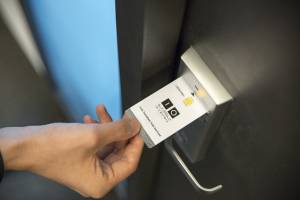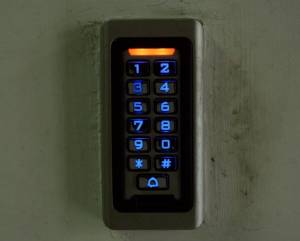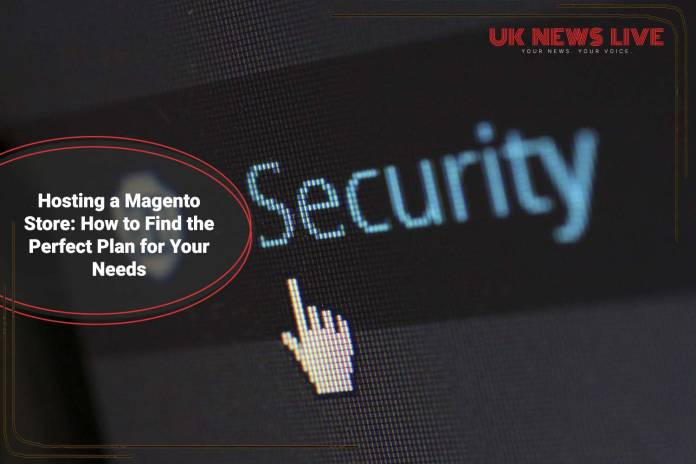Ever lose your keys and get locked out? It’s a frustrating experience.
Now imagine that happening at your business, but instead of keys, valuable equipment or sensitive data is at risk. This might sound like a worst-case scenario, but in today’s world, security breaches can be just as stressful and often with much higher stakes.
The good news? There’s a way to keep your business safe and secure without worrying about misplaced keys or unauthorized access. That’s where the access control system comes in. It’s more than just a fancy keyless entry system; it’s a powerful tool that offers peace of mind and protects your valuable assets.
What is an Access Control System?

An access control system is a digital security system that regulates who or what can enter a specific area, both physically and virtually. It acts like a gatekeeper, meticulously controlling access based on pre-programmed permissions.
It can control:
- Physical Access: Controls entry to physical locations like buildings, rooms, or restricted areas. Think key cards or fobs used to unlock doors.
- Virtual Access: Manages access to digital resources like computer networks, software programs and data, or confidential documents.
Function of the Access Control System
The primary function of an access control system is to:
- Verify Identity: Confirm that the person or device attempting access is authorized.
- Enforce Permissions: Grant or deny access based on pre-defined rules and user roles.
- Maintain a Record: Log access attempts, successful entries, and denials for auditing purposes.
- Increase Security: Prevent unauthorized access to physical locations, data, or resources.
- Improve Efficiency: Streamline access management and reduce reliance on physical keys.
3 Types of Access Control Systems

There are three main categories of access control systems, each with a different approach to authorization:
- Discretionary Access Control (DAC): This system grants access based on the permissions assigned by individual users who control the resources (e.g., a department manager granting access to specific files within their department).
- Mandatory Access Control (MAC): Permissions are pre-defined by a central authority, and users have limited control over who can access what. This is often used in highly secure environments with strict access regulations.
- Role-Based Access Control (RBAC): Permissions are assigned based on a user’s role within the organization. This simplifies administration as access is automatically granted or revoked based on a user’s role change.
5 Ways in Which Access Control Systems Work

1. Centralized Management:
A web-based platform acts as the brain of the system. Administrators can add, remove, and manage user permissions, access schedules, and system settings from here.
2. Credentials and Readers:
Users are issued unique credentials, such as key cards, fobs, or even biometric identifiers (like fingerprints). These credentials are presented to readers strategically at access points (doors, gates, etc.). The reader verifies the user’s identity and grants access based on pre-programmed permissions.
3. Authorization and Permissions:
The core of access control lies in defining who can access what and when. Administrators assign specific permissions to users, determining which areas they can enter and at what times. This ensures that only authorized personnel have access to sensitive locations or data.
4. Real-Time Monitoring and Logging:
The system provides real-time information on access attempts, successful entries, and denied attempts. This allows for immediate response to security concerns and helps identify potential security breaches—additionally, detailed logs record access history, enabling investigations if necessary.
5. Scalability and Integration:
Modern access control systems are designed to be scalable. As your business grows, you can easily add new users, access points, or functionalities. Furthermore, these systems integrate seamlessly with other security technologies like video surveillance or intrusion detection, creating a comprehensive security network.
No matter what type of business you run or manage, safety and security are key factors in making a business a success as you gain the trust of your staff and customers. Understanding the latest technology available to safeguard your enterprise can make all the difference.


































